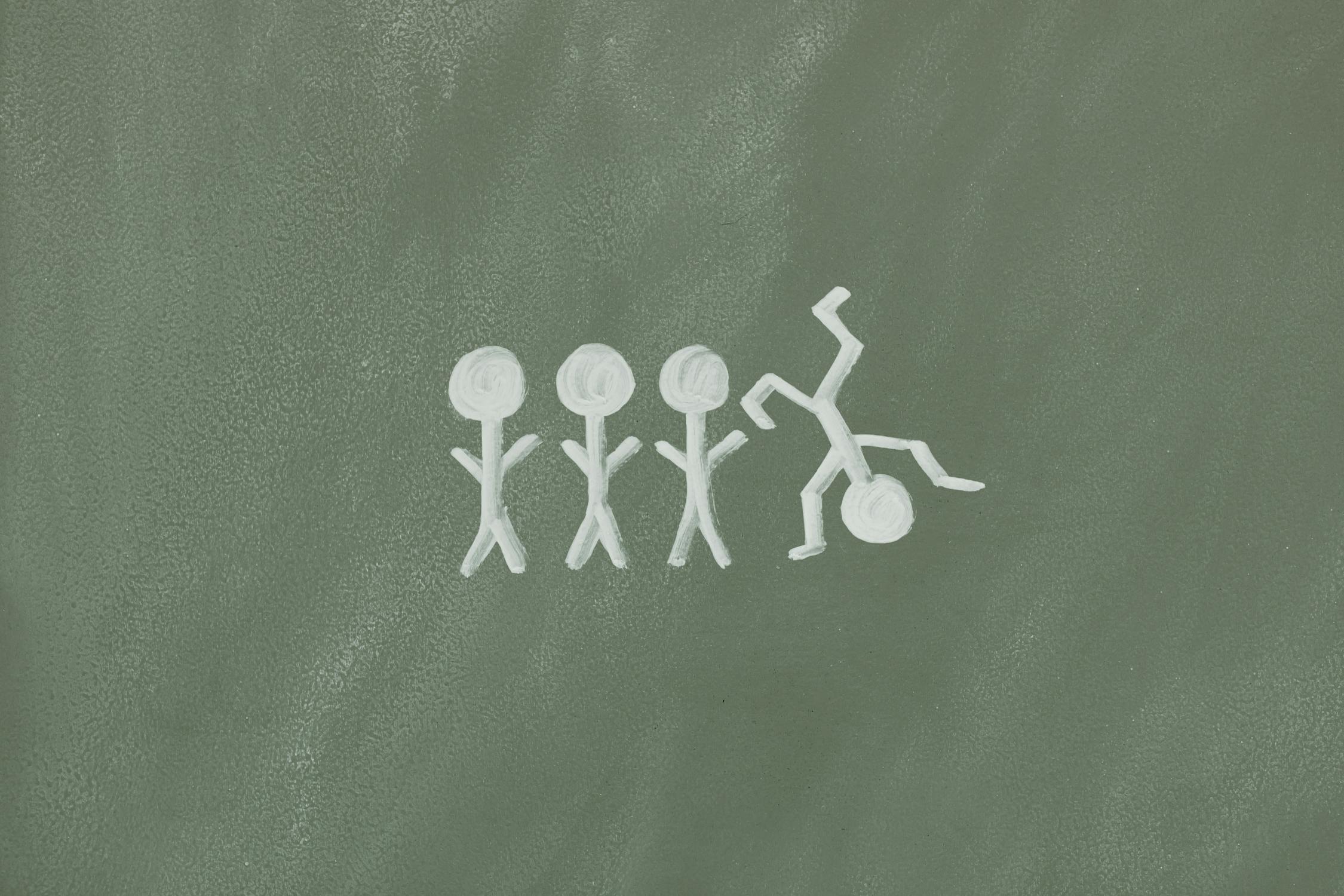I’m autistic. I don’t often talk about it. But it’s true.
I was diagnosed at age 18 and I kept it hidden from my friends and family because I had a deep sense of shame about it. I’m not sure why. But I did.
The fact is, there’s nothing to be ashamed of. The way I think and perceive the world is just different.
I started to suspect things were different for me early on. But at the age of 14, I really recognized that I was lacking in certain social situations. I began to understand that I was not picking up on the body language of others, nor the tonal cues of language.
If it was printed in black and white, I understood. Reading books actually helped me develop a better theory of mind for those around me.
But when it came to reading the emotional state of others? I was rather oblivious.
I was actually reading The DaVinci Code (I don’t remember the specific passage) when I realized that I couldn’t do what the main character was doing. He detected deception in the tone of another character’s voice. I was like “Huh? What’s that supposed to mean? How do you do that?”
So I went online and looked up studies, read articles, and joined forums with other folks who had the same issues I did. Using these resources (along with other novels), I came up with a novel approach.
Don’t call it synethesia
When I’m problem solving, it helps to roll through my index of visual solutions.
I call them visual solutions but they’re not recognizable images. They’re more like geometric patterns. Some are similar to lighting strikes, some are kaleidoscopic patterns, others are endless fractals, and many still are geometric linework… they often move, change, and warp over time (like an oscilloscope or a media player visualizer), they have specific colors, sometimes they’re blurry, other times they’ve got texture.
But they almost never have an implicit meaning (like a sunrise or a puppy would have). Instead, I just kinda see them in my head and it relates to the problem at hand in an abstract but undeniably meaningful way. I’ve explained it before like this: the word “ball” has no meaningful, intrinsic relationship to the shape or texture of a ball… yet the shape of b-a-l-l evokes the image of a ball (particularly a basketball) in my mind. The same is true for my visual solutions.
Often, when I’m working on a problem (be it coding, housework or anything else), I’ll reference one of these patterns and it meaningfully helps me store and fetch ideas, feelings, solutions, or relationships.
So… what’s the biggest challenge I face on a daily basis? People.
I taught myself how to read body language and pick up on tonal subtext. This is all done with my visual solutions.
I realized that if I visualized the sound of peoples voices, I could more easily identify their emotional state. As I’m having a conversation, I run the look of their intonations against the patterns I’ve got stored in my emoting rolodex.
I mentioned that these solutions are abstract but that they have an undeniable meaning. Most of the time–especially when dealing with other people–the meaning is rooted in kinesthesia.
The process is like this:
- I know what certain emotions feel like in my own body.
- I have visualized the embodiment of these feelings as an abstract pattern in my mind.
- When I’m having a conversation, I’m constantly visualizing the tone of the other person and I’m running that pattern against my index of patterns to find the closest match… which I then physically experience.
- This empathy then informs my understanding of their words.
- Yes. It’s as exhausting as it sounds. It’s why I prefer to be alone most of the time.
What about body language?
One would think that body language being visual, I’d pick up on it without much effort. And maybe it’s more true for body language than another person’s tone. At least with things like posture, gait, and other gross movements, I can intellectually mirror that kinesthetically.
But body language, too, requires me to run it through my gamut of visual abstraction. More subtle things like facial expression, head movement, fidgeting hands, legs bouncing, toes tapping… these are all things I must make a conscious effort to observe and catalog.
Masking
I hear a lot of folks talk about masking. For autistic folks, this can take many forms. Indeed, even for me, masking is a varied experience.
I mask to protect myself. I mask to blend in. I mask to not be identified as an autistic person–an other.
And nobody believes me when I tell them I’m on the spectrum.
“But you seem so normal,” or “it must not be that strong for you.” I hear both of these all the time.
So maybe I’ve got a skillfully crafted mask–impenetrable to the naked eye. But perhaps it’s my consciously applied empathy that makes my autism imperceptible to others.
My mask? It is purposefully and with real mental effort embodying the emotional state of other people
It’s to the point now where I never unmask. I don’t know who would be if I let my mask falter (aside from the singular hyperfixation on programming) and I don’t want to find out.
I also don’t know how to conclude this post, but thanks for reading.


Leave a Reply
You must be logged in to post a comment.